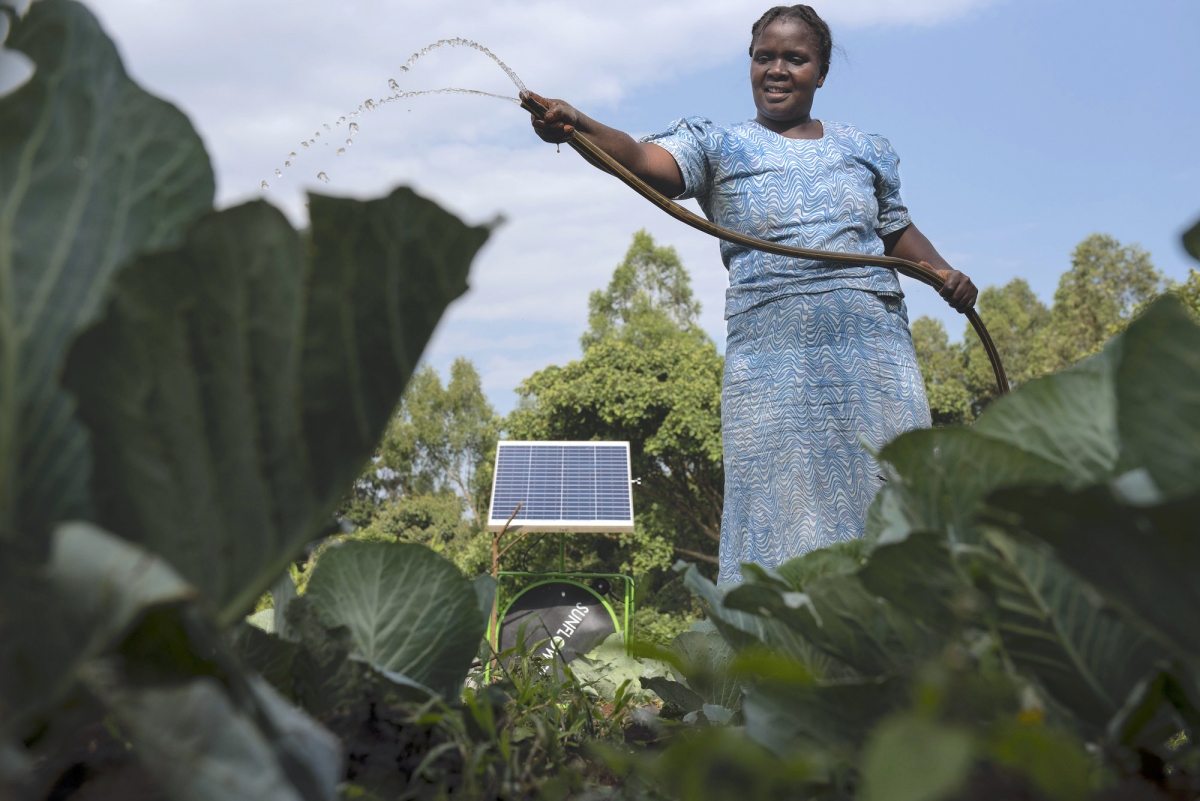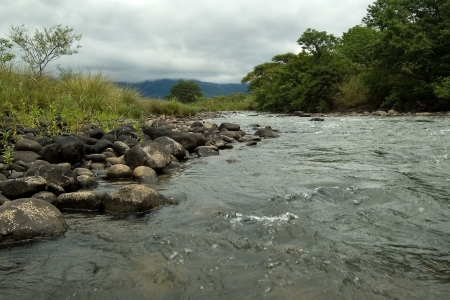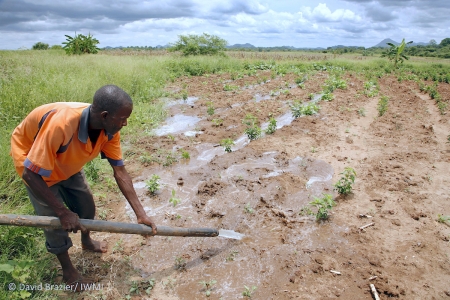As climate change threatens water and food security in Africa, small solar pumps could irrigate millions of smallholder farms. But which farmers are in the right spots to benefit? The companies deploying these technologies need to navigate a complex landscape where solar irrigation must be part of a sustainable package of solutions to water scarcity, not become part of the problem. What they need, in fact, are maps.
In 2018, supported by the CGIAR Research Program on Water, Land and Ecosystems (WLE) and Innovation Lab for Small Scale Irrigation (ILSSI), the International Water Management Institute (IWMI) produced solar irrigation suitability maps for Ethiopia. These pinpoint areas of potential for smallholders to introduce solar irrigation without depleting water resources. Subsequently, WLE/IWMI refined and developed the earlier work into a complete toolkit for sub-Sahara Africa. Geospatial information on the suitability of areas for upscaling solar irrigation, while minimizing risks to the environment, is now available across the region.
The online toolkit, based on open access information, can be used by development banks and businesses to identify areas for solar-powered solutions. WLE/IWMI integrated the toolkit into the GIZ Toolbox on Solar Powered Irrigation Systems to provide its mapping powers to a wide audience. It then partnered with six solar manufacturing and distribution companies seeking to expand their distribution and supply chains in different countries. With one of these, small-scale solar pump developer FuturePump, WLE/IWMI validated the maps across the region.
A workshop with PEG Africa, operating in Ghana, Côte d'Ivoire and Senegal, demonstrated how the maps and tools can be incorporated into the sales and marketing strategies of pump distributors. Another workshop with the Smallholder Solar Pump Alliance built collaboration in upscaling sustainable solar-based groundwater management strategies among farmers.
Interest is growing fast. The United States Agency for International Development awarded USD 750,000 to two companies, through ILSSI, to strengthen solar supply chains. One is using WLE/IWMI's maps to target 1,137 Ethiopian households while setting up financing and distribution centers. Other companies are using the maps to guide marketing in Ethiopia, Kenya and Mozambique, while a World Bank project in Nigeria will use them to gauge feasibility of groundwater development.
The maps make the potential payoff clear and visible. In Ethiopia, for example, they show that 120,000–300,000 households could make good, sustainable use of solar irrigation.













